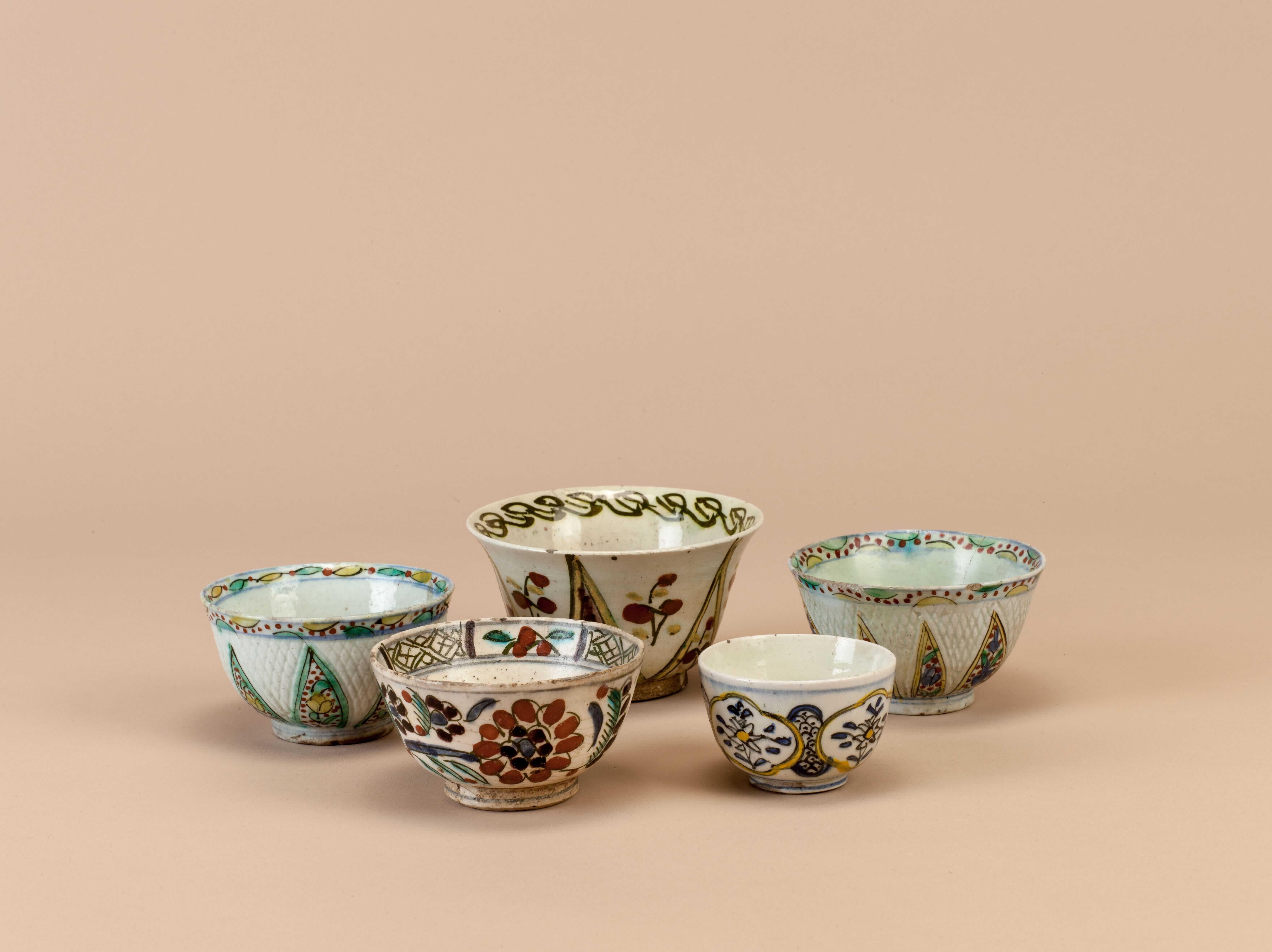The Anatolian Weights and Measures Collection that Suna and İnan Kıraç began to form as early as the 1980s has grown rapidly over the years with the addiction of a number of pieces purchased from other collectors as well as regular acquisitions from Turkey and abroad. Presently, it is the most comprehensive and remarkable collection of its kind in Turkey.
Today this World-renowned collection consists of nearly eight thousand objects utilized in Anatolia from prehistory to date. These include key instruments used for measuring weight, length, and volume in a wide spectrum, extending from land measurements to commerce, from architecture to jewelry making and from seafaring to pharmaceutics. In this respect, the collection also serves as a priceless scientific resource for observing the relationship between systems of weights and measures across various periods and cultures, as well as their transformation and continuous use in the course of history.
Carefully selected to meet the demands of the exhibition hall, a broad range of objects from the collection is presented to the viewers in a chronological order. Pieces which have been excluded from this particular exhibition will be displayed periodically through “thematic” exhibitions in the future to shed more light on this fascinating area of interest in Anatolian cultural history.

Coffee was served with much splendor at the harems of the Ottoman palace and mansions. First, sweets (usually jam) was served on silverware, followed by coffee serving. The coffee jug would be placed in a sitil (brazier), which had three chains on its sides for carrying, had cinders in the middle, and was made of tombac, silver or brass. The sitil had a satin or silk cover embroidered with silver thread, tinsel, sequin or even pearls and diamonds.
Tuesday - Saturday 10:00 - 19:00
Friday 10:00 - 22:00
Sunday 12:00 - 18:00
The museum is closed on Mondays.
On Wednesdays, the students can
visit the museum free of admission.
Full ticket: 300 TL
Discounted: 150 TL
Groups: 200 TL (minimum 10 people)